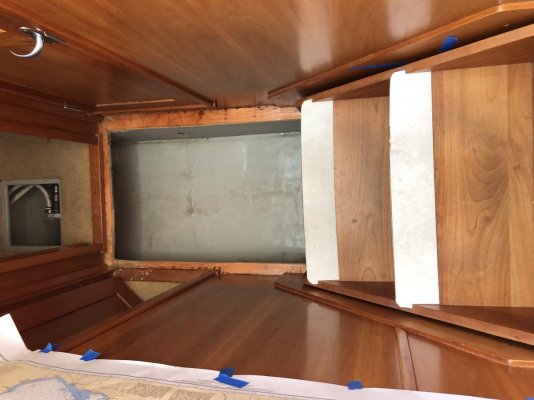Anyone replace their holding tank?
I have crack (1/2” separation) on the side of the holding tank and it obviously needs to be replaced. I can’t see how to remove the tank or put the new tank into place without tearing up the floor and creating a new structure for the floor above the tank. Would certainly appreciate if anyone knows a way to remove it & replace it without tearing up the boat? Thanks.
I have crack (1/2” separation) on the side of the holding tank and it obviously needs to be replaced. I can’t see how to remove the tank or put the new tank into place without tearing up the floor and creating a new structure for the floor above the tank. Would certainly appreciate if anyone knows a way to remove it & replace it without tearing up the boat? Thanks.



